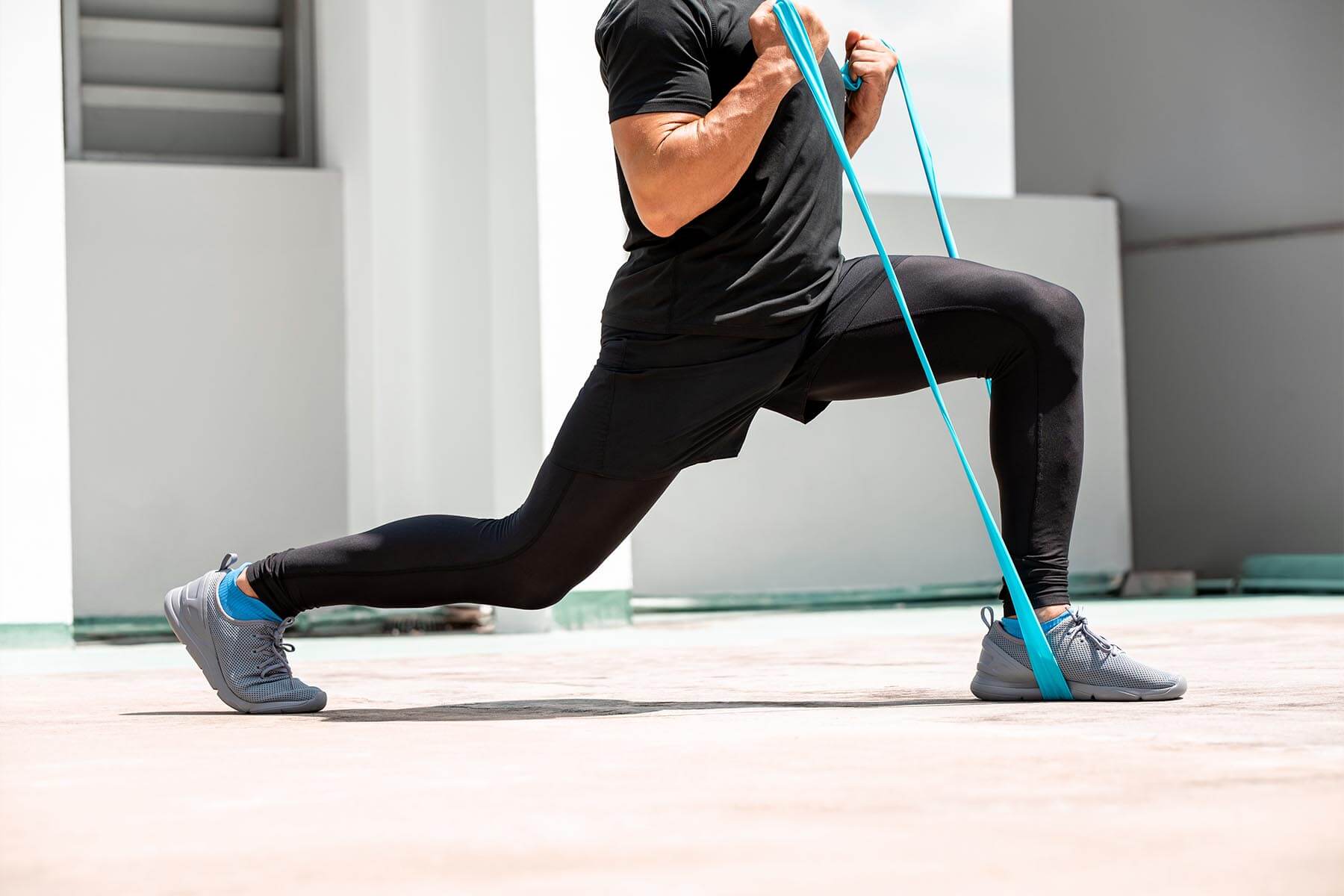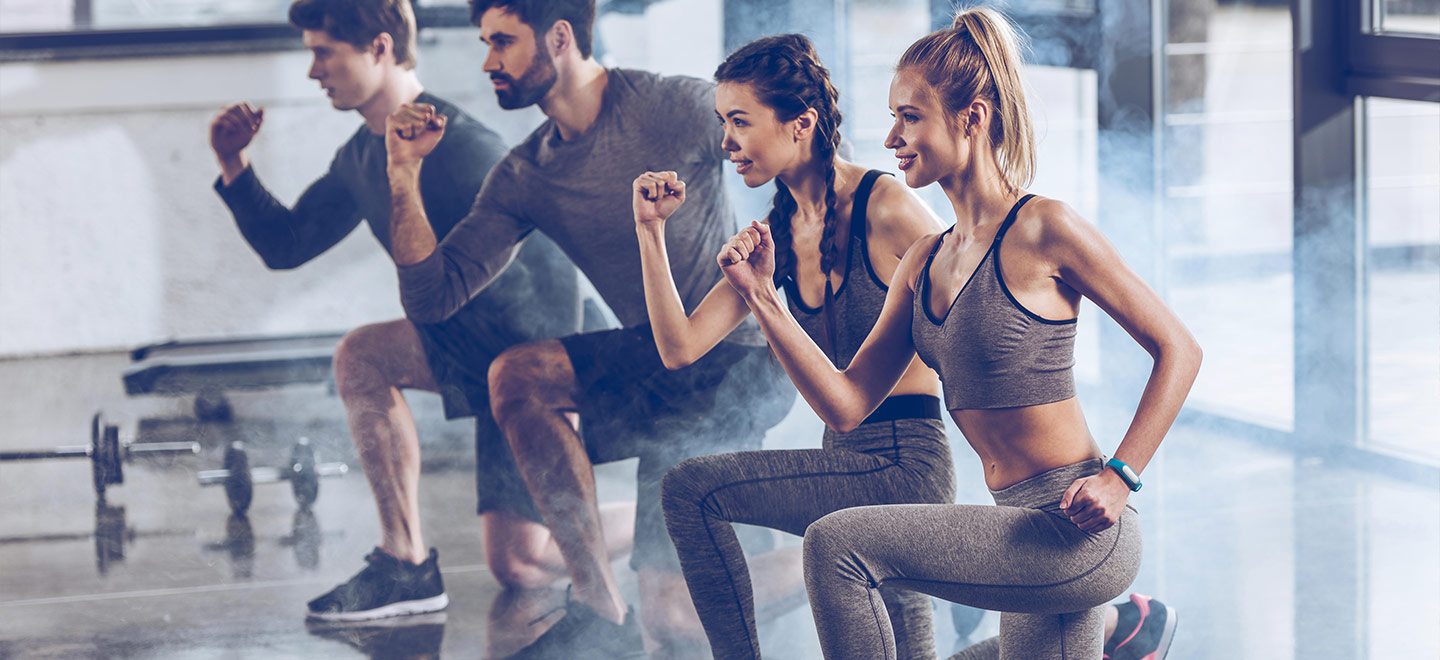Weight training has become more popular in recent years, but weight training is weight-bearing training, which can cause more serious injuries if the movement is not accurate. The core muscles help stabilize the spine and make the body less vulnerable to injury. Basic core activation starts with breathing exercises, because good breathing activates the core, and keeping the body in the right position reduces the risk of injury.
In addition to the function of respiration, diaphragm is more useful than you think
Breathing activates the core muscles because it uses the diaphragm when you inhale. In addition to its best known function as the muscle responsible for breathing, the diaphragm has another function that stabilizes the trunk of the body. Because the diaphragm can connect the fascial system connected many core paravertebral muscles (e.g., transverse abdominal muscle, the waist muscle, psoas major, etc.), so when the diaphragm with the breathing exercise, also with the relevant core muscle group for coordinating role will shrink together, make the intra-abdominal pressure rise, to the spine, stretching, stable support, in order to prevent sports injury.

Ways to activate the core muscles
There are many actions that can activate the transversalis muscle and then activate the core muscle. Here we will introduce some elementary actions:
- Abdominal breathing to awake the transverse abdominis muscles
- Step 1 - Find the center of the spine: Lie on your yoga mat with your legs arched and your feet flat on the floor. First do a pelvis forward movement, then let the pelvis backward tilt repeat 3-5, find forward and backward tilt in the middle point is the spine center point.
- Step 2-practice abdominal breathing: It is possible to move your spine during abdominal breathing, so first retract your chin (push your chin slightly toward your throat) and place your hands on your chest and abdomen. When you inhale, imagine inhaling below your navel. At this time, your hands will feel the hands on the abdomen and chest rise; when you exhale, you will feel the belly go down, and the hands on the abdomen and chest will drop. A good breathing chest and abdomen will be in a synchronized state.
- Step 3 - Induce transverse abdominis muscles: This is similar to abdominal breathing, except that when you exhale, you continue to exhale even when you are out of breath. There is a lot of pressure on your abdomen from the contraction of your left and right transverse abdominis muscles, rather than from the contraction of your rectus abdominis muscles during sit-ups and planks.
- draw-in
- Step 1 - Relax diaphragm: Lie on a yoga mat with your legs arched and your feet flat against the floor. A pillow or towel can be placed behind your head for comfort. Touch the lower edge of the rib, press inward and upward with four fingers along the rib, then press on both sides along the rib, from the middle to the sides. A slight pain and tightness associated with pressure indicates correct positioning of the diaphragm. A common mistake is that there is no pressure on the inside of the ribs. If the four fingers are pressed straight down without a curve, they will not achieve the effect of pressing and relaxing because the diaphragm is deeper.
- Step 2--draw-in: Maintain the position of lying on a yoga mat with your hands on your abdomen. When inhaling for the first time, relax and satiate, slowly lift the abdomen, and when exhaling, the abdomen sinks. At this time, there will be tension and a feeling of tightening the lower abdomen. Maintain this tension and repeat 3 to 5 times of inhaling and exhale, and then relax the abdominal muscles to rest.
- Step 3 -- Advanced version of draw-in (with actions): Take the original draw-in inhale and exhale technique, plus raise your legs in sequence as you exhale. Keep the hip and knee joints at 90 degrees, then lower one leg and touch the ground gently with the heel, but do not apply the full force of the leg to the ground, only gently lean on the leg, then lift the leg back, switch legs to continue the movement. Note that the breathing during the period is smooth, cannot have the occurrence of holding your breath; the lumbar spine and pelvis should also be kept as still as possible; and the gap behind the waist can neither reduce nor increase, because this indicates that the pelvis has forward or backward tilt of the situation.
These exercises not only work the core muscles, but also, as mentioned earlier, the diaphragm works together to contract the other core muscles, and can even improve lower back pain.



